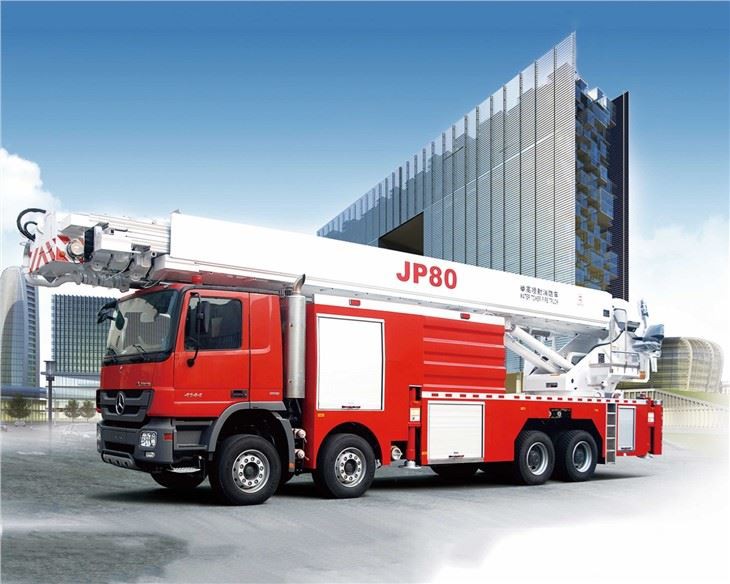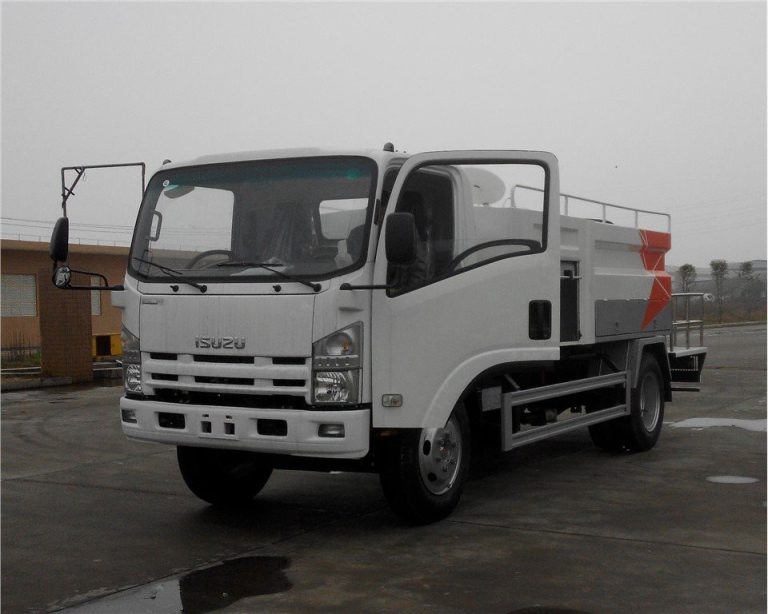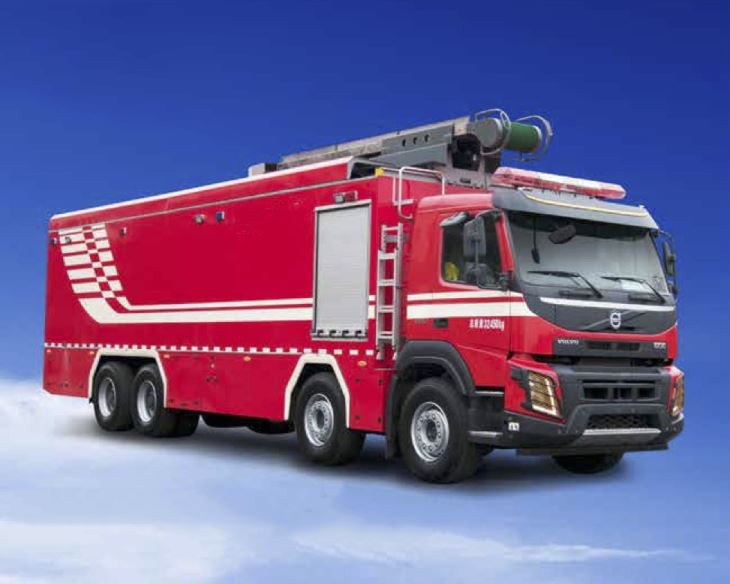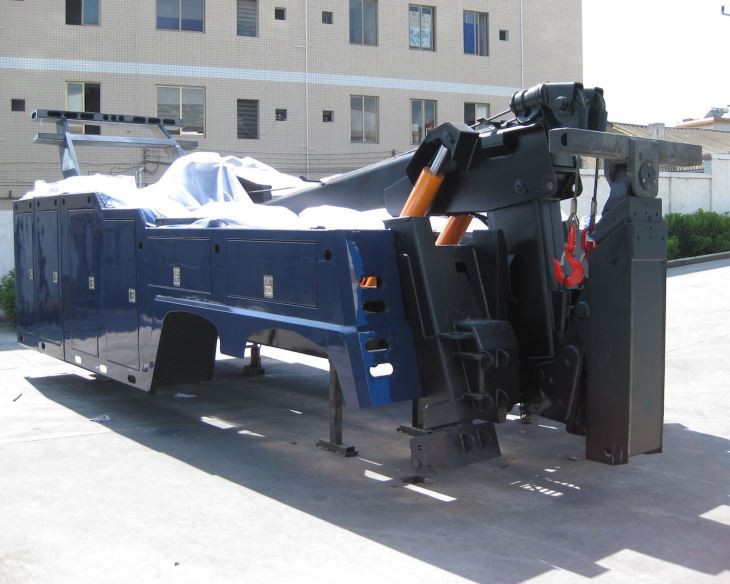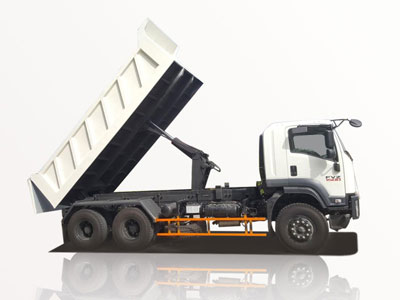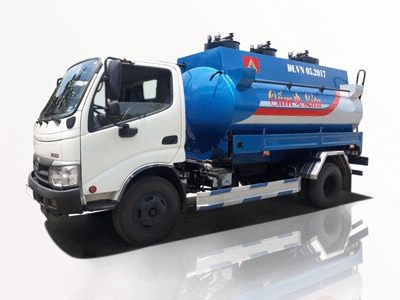When it comes to choosing the right truck, one of the most important decisions is deciding on the cab style. Two popular configurations that often come up in discussions are the crew cab and double cab. Both styles offer distinct advantages and cater to different needs, making it essential to understand their differences. In this article, we’ll explore these two cab types in-depth, comparing their features, benefits, and ideal uses.
Understanding Cab Styles
What is a Crew Cab?
A crew cab is characterized by its spacious interior, designed to seat five to six passengers comfortably. The crew cab is typically equipped with four full-size doors, offering easy access to both the front and rear seats. This configuration is popular among families and those who need to transport multiple passengers regularly.
What is a Double Cab?
A double cab, on the other hand, is a variation of a standard cab designed to provide extra passenger space while still maintaining a more compact overall design. Double cabs generally feature a smaller rear row of seats and may have smaller rear doors compared to crew cabs. This option suits individuals who prioritize cargo space and versatility while still needing occasional extra seating for passengers.
Key Differences Between Crew Cab and Double Cab
Size and Space
The most noticeable difference between crew cab and double cab models is their size. Crew cabs provide more legroom and headroom, making them ideal for taller passengers or those who expect to carry multiple adults for extended periods. Here’s a comparison table:
| Feature | Crew Cab | Double Cab |
|---|---|---|
| Passenger Capacity | 5-6 | 4-5 |
| Rear Seat Space | More spacious | Less spacious |
| Door Configuration | 4 full-size doors | 2-4 smaller doors |
Comfort and Convenience
The crew cab is designed for comfort, with spacious seating and advanced features. Passengers in a crew cab often enjoy amenities such as rear air conditioning, larger windows, and more robust audio systems. In contrast, double cabs, while still offering some comfort, come with a focus on functionality and may lack high-end features found in crew cabs.
Usage Scenarios
The intended use greatly influences the choice between a crew cab and double cab. Here are some typical scenarios:
- Crew Cab: Ideal for families, transportation services, or when frequently traveling with multiple passengers.
- Double Cab: Suitable for individuals who mainly need a truck for work or hauling and only occasionally require extra passenger space.
Bed Length Options
Another significant difference is the bed length associated with each cab style. Crew cabs typically come with shorter bed lengths due to their larger cabs. Double cabs may allow for longer bed configurations, providing more cargo capacity.
| Cab Style | Common Bed Lengths |
|---|---|
| Crew Cab | 5.5 to 6.5 feet |
| Double Cab | 6.5 to 8 feet |
Comparative Advantages of Crew Cab
Family-Friendly Features
Crew cabs are designed to provide a family-oriented space. They often include extras like rear seat entertainment systems and additional USB ports for charging devices. For families with children, ease of access is a significant consideration, making the crew cab an excellent choice.
Enhanced Passenger Comfort
The crew cab provides a smoother ride for rear-seat passengers due to its larger cabin size, allowing for better legroom and headroom.
Comparative Advantages of Double Cab
Cargo Versatility
Double cabs can sometimes offer more cargo space, particularly with longer bed options. This makes them a strong choice for those who primarily use their truck for work-related purposes.
Affordability
Generally, double cabs are more affordable than crew cabs. The lower costs may appeal to budget-conscious buyers, especially those looking for a work truck.
Real-World Examples
Popular Crew Cab Models
Some popular crew cab models include:
- Chevrolet Silverado Crew Cab
- Ford F-150 SuperCrew
- Dodge Ram 1500 Crew Cab
Popular Double Cab Models
Notable double cab options include:
- Toyota Tacoma Double Cab
- Ford Ranger SuperCab
- Nissan Frontier King Cab
Tips for Choosing the Right Cab Style
Assess Your Needs
Consider how frequently you will be transporting passengers versus cargo. If you regularly have passengers, the crew cab is likely the better option.
Test Drive Both Options
Always test drive both configurations if possible. Pay attention to comfort levels and space during your drive.
Check Vehicle Specifications
Different manufacturers have various specifications for their cabs; ensure you check dimensions, space layout, and features before making a decision.
Frequently Asked Questions
1. Is a crew cab larger than a double cab?
Yes, typically, a crew cab has a larger interior space than a double cab, offering more passenger comfort and legroom.
2. Can crew cabs have long beds?
While crew cabs usually come with shorter beds, some manufacturers may offer longer bed options. It’s essential to check specific models.
3. Which cab style is better for towing?
Towing capabilities depend more on the overall truck model than the cab style. Both crew cabs and double cabs can be equipped for heavy towing.
4. Are there fuel economy differences between crew cabs and double cabs?
Fuel economy may vary between the two styles, but it is generally more influenced by engine size and load than by cab style alone.
5. Are crew cabs more expensive than double cabs?
Generally, yes. Crew cabs tend to be pricier due to their larger size and additional features.
6. Can I convert a double cab to a crew cab?
This is generally impractical and not recommended, as the structural changes would require significant modifications and may not be cost-effective.
